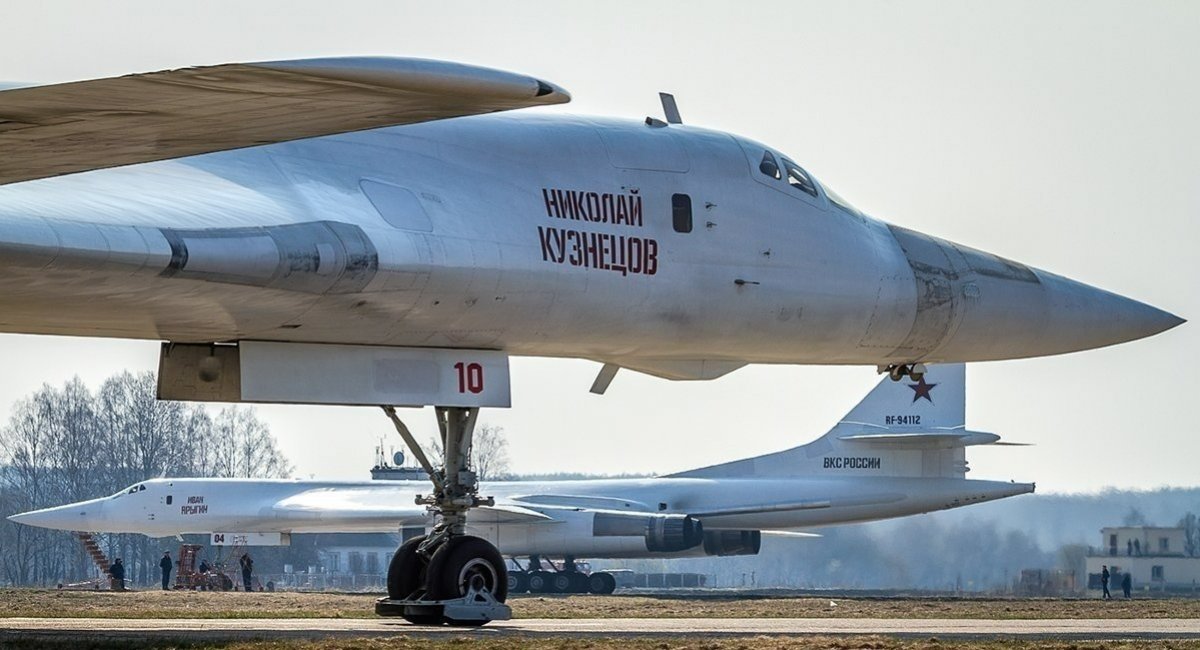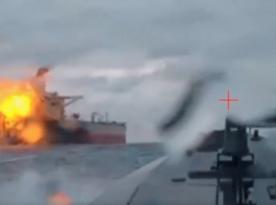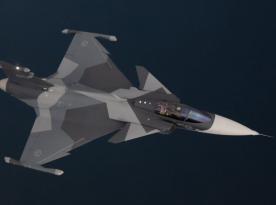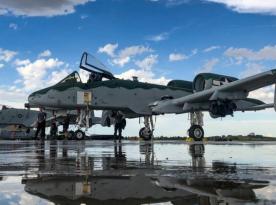Overnight September 17th, explosions of unknown origin were registered by local eyewitnesses near the russian military air base Engels, 750 km from Ukraine. While official reports have not been published yet, there is a probability of a drone attack, as russian media reported air defense operations in Kursk and Bryansk regions that night.
Russian military base Engels now. Friendly drones.Let it burn! pic.twitter.com/qmCKOTaZeJ — Ukraine Front Line (@EuromaidanPR) September 16, 2024
While waiting for official confirmations, we can assess Engels as a potential drone strike target thanks to the recent satellite imagery of the airfield taken on September 15th. It shows four Tu-95MS and two Tu-160 strategic bombers deployed at this airfield. Besides, there are two painted silhouettes of Tu-160s, and a transport aircraft, visually close to An-12. The image and a breakdown were provided by OSINT analyst MT_Anderson on the X social network.
Read more: Year Later, Pentagon Explains What's the Point of Aircraft Drawings and Tire Coatings at russian Military Airfields
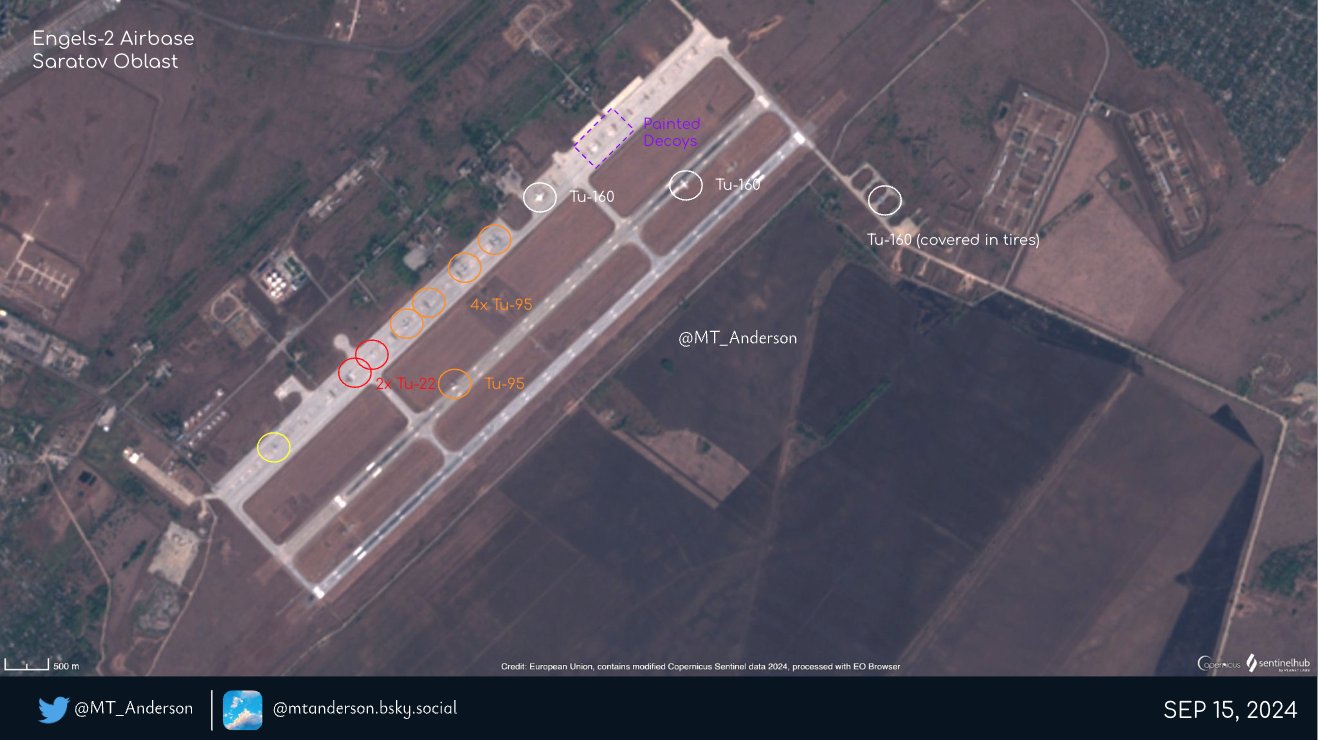
Surely, four Tu-95MSs and two Tu-160s don't seem like many, especially compared to dozens of bombers seen at a time at Olenya airfield this May, where about one third of russia's operating fleet of strategic aircraft had gathered, poised for missile attacks on Ukraine. However, the firepower even these few combat units at Engels provide is substantial: these four Tu-95MSs can take aboard up to 32 cruise missiles of the Kh-101 type in total, although they rarely fly fully loaded.
This visual data is valuable not only in the context of explosions at Engels but also points to the configuration of strategic aviation deployments for missile strikes on Ukraine. In that respect, let's pay attention to the following details.
The fact russians still keep their highly valuable bombers at Engels is questionable in itself, since Ukraine had proven repeatedly in the past that its attack drones can reach this air base and much further. Even the Olenya base, which russians regarded as relatively safe, was struck this summer.
Worth noting, the russian military cannot afford to spend strategic aircraft like tanks or BMPs: the industry no longer produces them. Tu-95 and Tu-22M production stopped in the 1990s, and russia wants to restart making Tu-160 under the "reproduction" program, with only a couple units assembled over the past few years, currently undergoing tests.

There are several explanations as to why the bombers are still kept in dangerous proximity. Besides russia's unwavering faith in its air defenses, one is that the operational capacity of Olenya is not enough to host all the bombers involved in the war. Ideally, the russians would like to deploy all of them to Olenya as the most remote air base in the European part of russia, allowing for strikes on Ukraine but not vice versa.
Alternatively, the russians have taken into account that Ukrainian drone can now reach even the same Olenya, so they opted for spreading their strategic aircraft across multiple air bases.
Read more: How Much Longer Will russian Tu-95MS Bombers Keep Flying With Current Maintenance Capabilities



